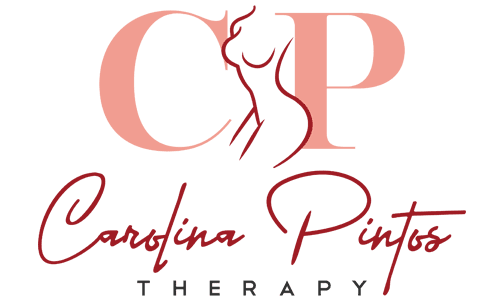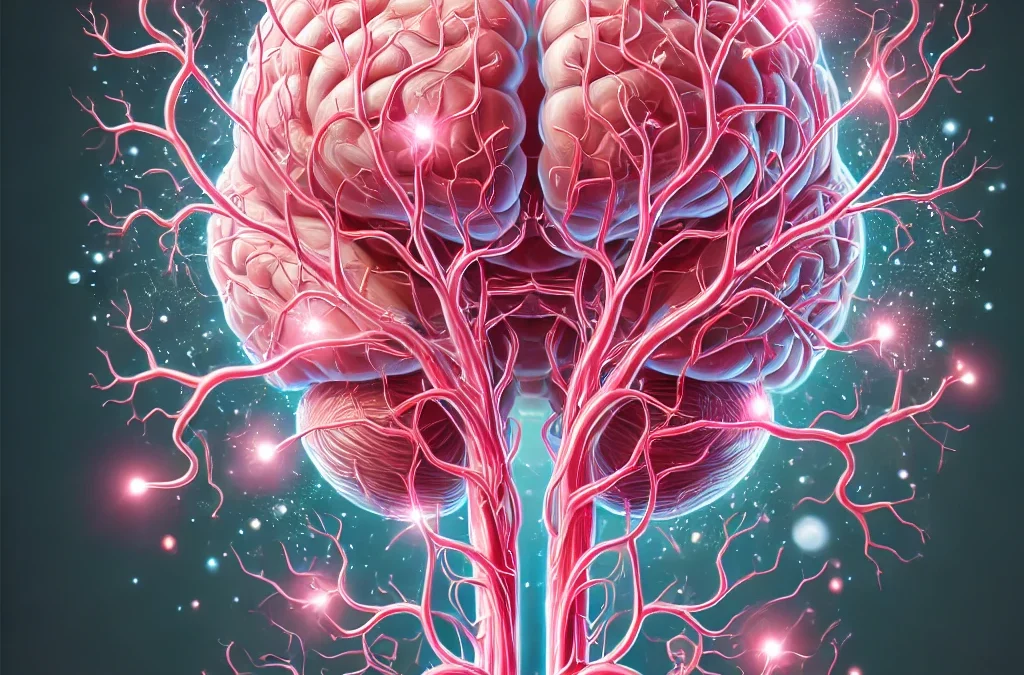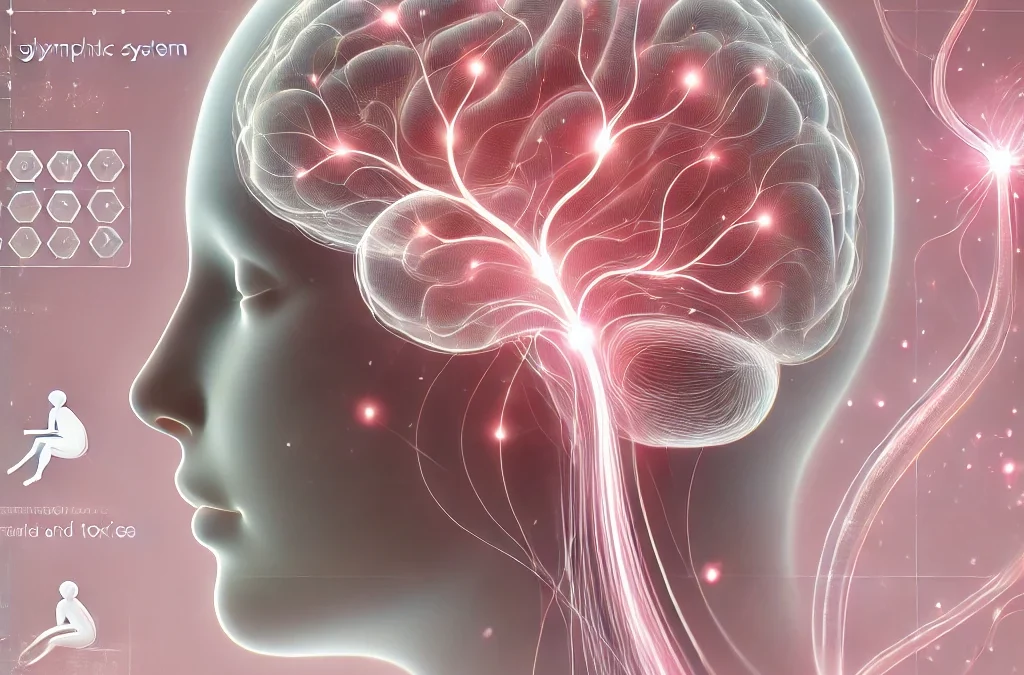According to data from the Atlas of Multiple Sclerosis, a global compendium of data on multiple sclerosis, in 2020, the estimate of multiple sclerosis worldwide increased to 2.8 million people affected by the disease. The global prevalence in 2020 was 35.9 per 100,000 people. In addition, there was an increase in this prevalence in all regions of the world since 2013.
Concept of Multiple Sclerosis
Multiple Sclerosis is an autoimmune, inflammatory, and chronic disease, is one of the main causes of disability in young adults worldwide. The disease occurs due to inflammation and demyelination, which are damages to the myelin sheath. The myelin sheath is a layer of fat that coats the cells of the nervous system, when it is damaged, the main mechanisms causing the clinical manifestations of the disease begin. This situation occurs through attacks from the individual’s own immune cells. The most characteristic clinical manifestations of this disease are optic neuritis, Lhermitte’s sign (transient sensory sensation, usually lasting seconds, that resembles an electric shock radiating through the spine or limbs, causing pain), fatigue, difficulty walking, paresthesia in limbs (numbness or tingling), and motor coordination or balance problems.
Concept of therapeutic massage
Manual therapeutic massage consists of performing various techniques aimed at mobilizing and relaxing soft tissues, such as sliding movements with the hands, percussion, and friction. These techniques are well tolerated by patients and contribute significantly to reducing stress, anxiety, and pain. From a physiological point of view, the manipulation of the body’s lining tissues stimulates baroreceptors (which are pressure receptors distributed throughout the body surface). These receptors communicate with the nervous system, stimulating the activity of the vagus nerve, and contributing to the reduction of cortisol levels. These factors are directly linked to the decrease in pain sensation promoted by relaxation and a decrease in physical stress levels.
How therapeutic massage helps in living with Multiple Sclerosis
Given the clinical manifestations of pain and fatigue associated with Multiple Sclerosis, it is expected that non-pharmacological measures associated with pain reduction are effective methods to improve the quality of life of patients. In this sense, therapeutic massage appears as an ally of significant relevance. In a literature review published in 2017, titled “Massage therapy research review”, the beneficial effects of therapeutic massage in various health conditions were analyzed. Among them, Multiple Sclerosis was one of the main autoimmune diseases for which people received regular therapeutic massage, with the aim of helping in relaxation and reducing stress, as well as depression. As the symptoms of fatigue and pain are usually disabling, patients with Multiple Sclerosis resorted to therapeutic massage as a method of improving quality of life. Therefore, as a predominant result in the 80 articles selected for the aforementioned review, the groups of patients who underwent massage therapy reported more positive effects on quality of life, measured from specific scales, than the control and comparison groups, who did not receive this type of treatment.
Efficacy and safety of therapeutic massage for patients with Multiple Sclerosis
Another systematic review, published in 2022, titled “The Efficacy and Safety of Manual Therapy for Symptoms Associated with Multiple Sclerosis: A Systematic Review and Meta-Analysis” proposed to determine more broadly the safety and efficacy of massage for patients with multiple sclerosis. For the preparation of this article, 10 randomized clinical trials were selected, totaling 631 individuals included in the meta-analysis. The inclusion criteria were based on the presence of a confirmed diagnosis of Multiple Sclerosis by patients; manual therapy as the main method of intervention; clinical trials published in English or Chinese. In these articles, the beneficial ability to relieve fatigue, pain, and spasms in patients with Multiple Sclerosis who received therapeutic massage was predominant. In addition, it should be noted that no adverse effect resulting from the massages was reported in any of the eligible clinical trials.
Conclusion
Given the above, it is evident that there are benefits of improving the quality of life for patients with Multiple Sclerosis who undergo therapeutic massage. Thus, this practice can act as a safe and effective complementary therapy method for reducing pain and fatigue symptoms.
Sources
- Walton C, King R, Rechtman L, Kaye W, Leray E, Marrie RA, Robertson N, La Rocca N, Uitdehaag B, van der Mei I, Wallin M, Helme A, Angood Napier C, Rijke N, Baneke P. Rising prevalence of multiple sclerosis worldwide: Insights from the Atlas of MS, third edition. Mult Scler. 2020 Dec;26(14):1816-1821. doi: 10.1177/1352458520970841. Epub 2020 Nov 11. PMID: 33174475; PMCID: PMC7720355.
- Field, Tiffany. “Massage therapy research review.” Complementary therapies in clinical practice vol. 24 (2017): 19-31. doi:10.1016/j.ctcp.2016.04.005
- Zhang T, Yan HX, An Y, Yin L, Sun PP, Zhao JN, Yan JT. The Efficacy and Safety of Manual Therapy for Symptoms Associated with Multiple Sclerosis: A Systematic Review and Meta-Analysis. J Integr Complement Med. 2022 Oct;28(10):780-790. doi: 10.1089/jicm.2021.0382. Epub 2022 Oct 7. PMID: 36206232; PMCID: PMC9595630.
This writing is the original and exclusive property of Carolina Pintos and is protected under copyright law. Unauthorized use of the same without the express consent of Carolina Pintos will be subject to prosecution under applicable laws.






